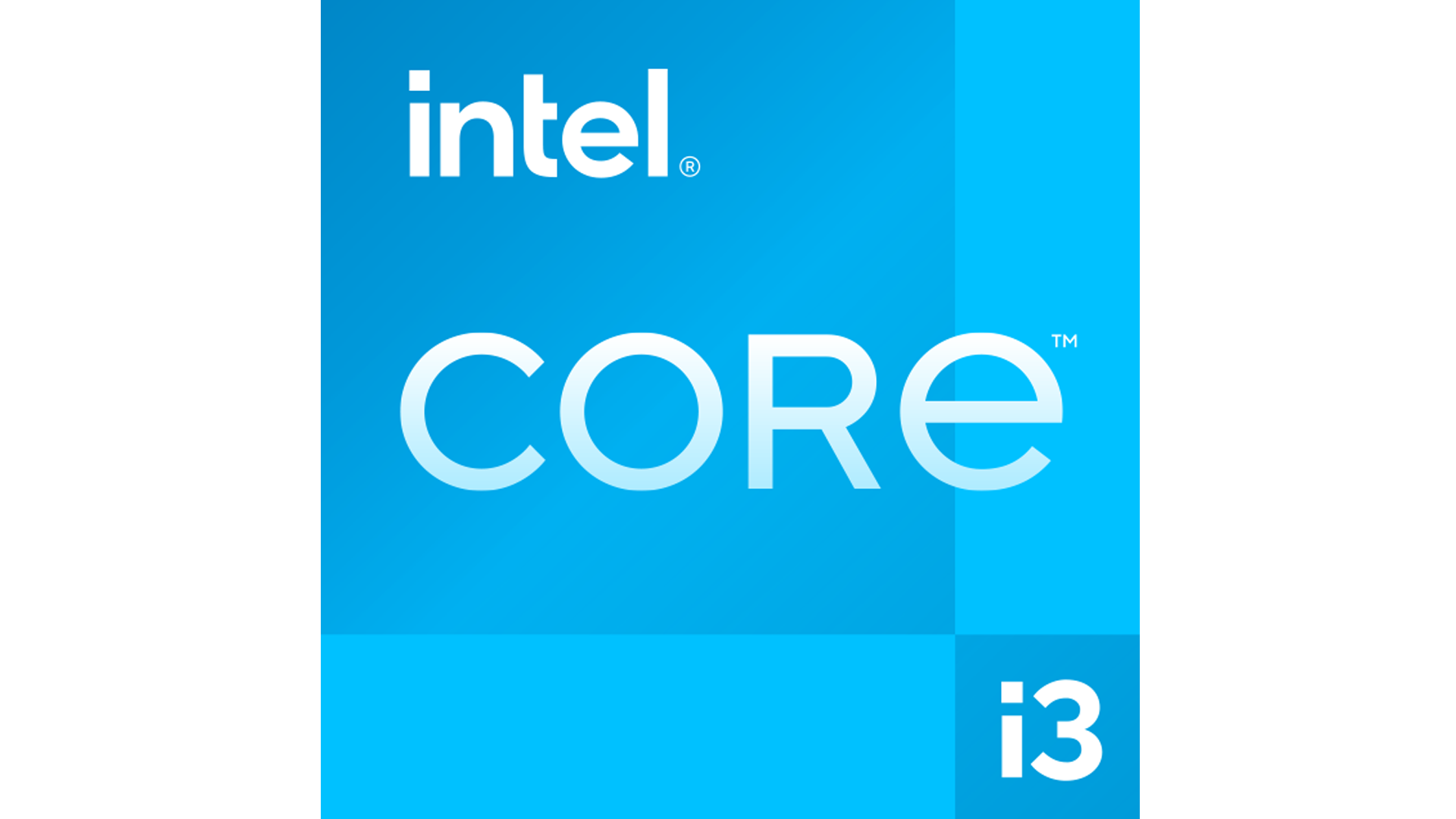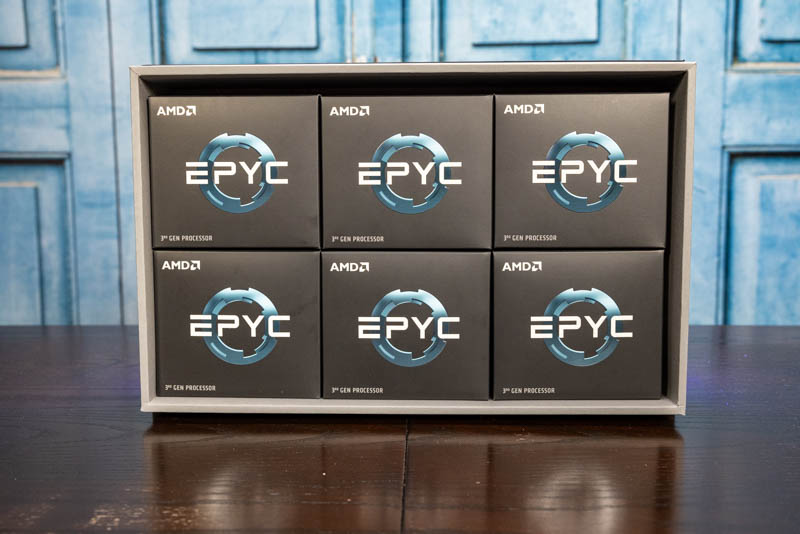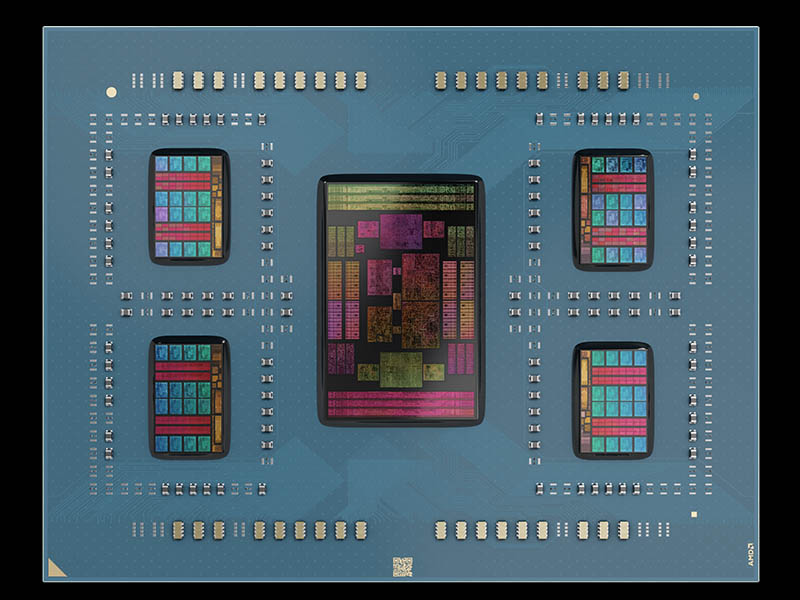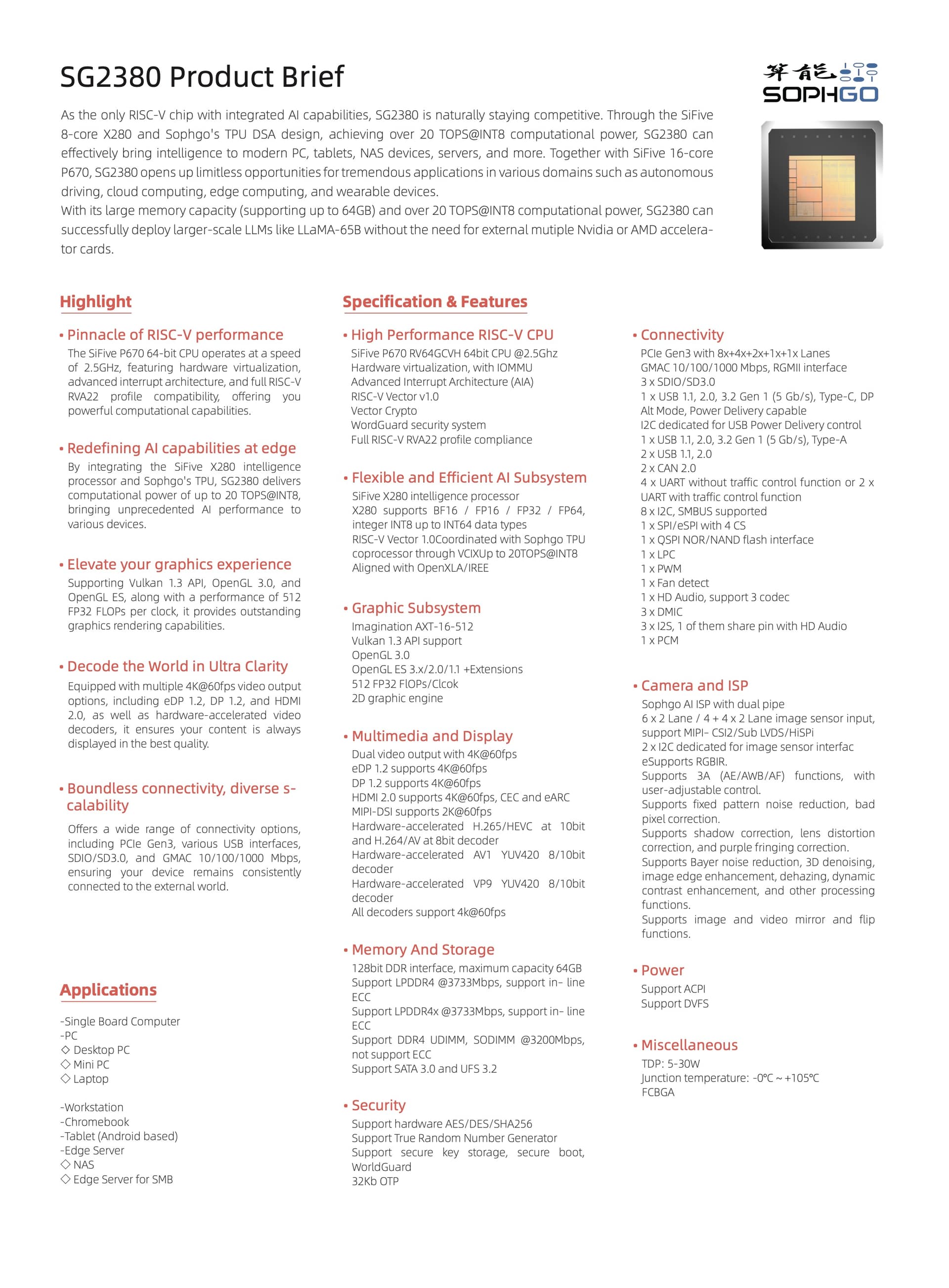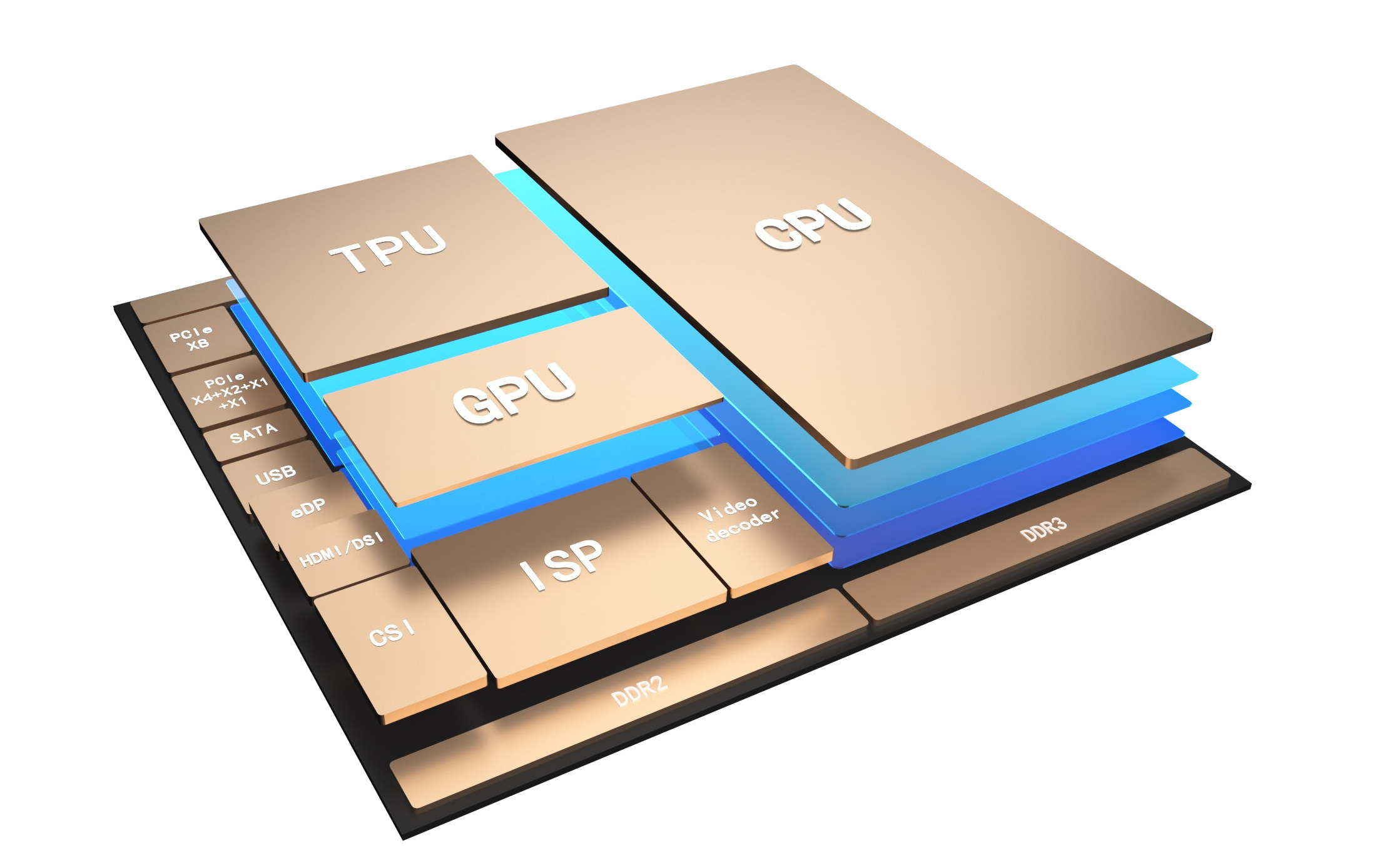- Joined
- May 17, 2014
- Messages
- 3,611
After looking for years, I have not found a decent low end server style CPU line, with these features:
In some ways it makes sense for AMD to push people on to desktop type CPUs which already have most of those features, Even some desktop CPUs have official ECC memory support.
But, these features are missing, which I consider quite desirable for a server CPU;
Intel also has variations, but I don't recall any truly suitable for the list of features I describe above.
Anyone else want to give their opinion on a low end server CPU line wish list?
- Recent core release
- ECC memory
- 4 channel memory
- >=40 PCIe lanes, (with at least 8, preferably 16, being able to transform into SATA ports if desired)
- Lower power modes
- Hyper-threading enabled
- 2 to 16 cores
- >=2 x USB 3.2, 10Gbps ports
- >=2 x USB 3 5Gbps ports, (or more 10Gbps ports)
- >=4 x USB 2 480Mbps ports
- Built in standard serial port, (for console if desired)
In some ways it makes sense for AMD to push people on to desktop type CPUs which already have most of those features, Even some desktop CPUs have official ECC memory support.
But, these features are missing, which I consider quite desirable for a server CPU;
- 4 channel memory
- >=40 PCIe lanes, (with at least 8, preferably 16, being able to transform into SATA ports if desired)
Intel also has variations, but I don't recall any truly suitable for the list of features I describe above.
Anyone else want to give their opinion on a low end server CPU line wish list?

